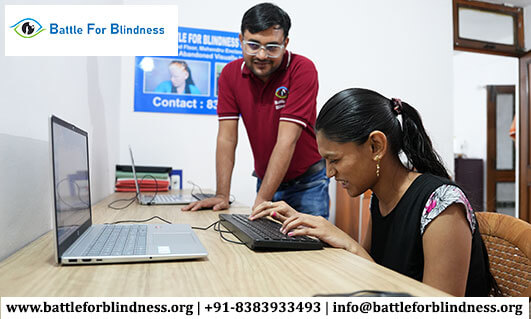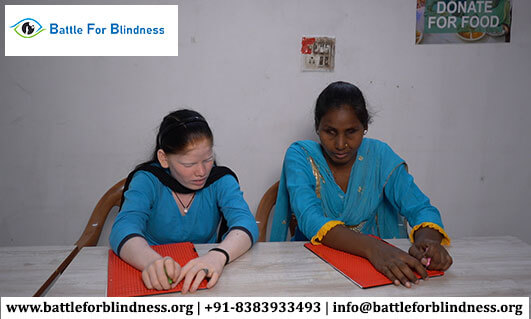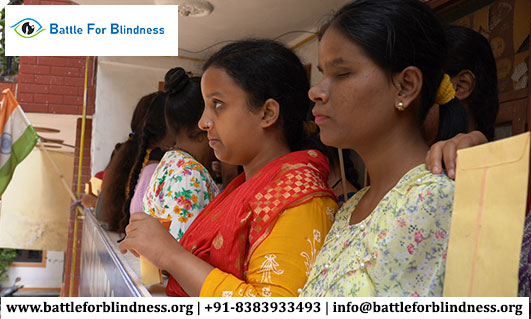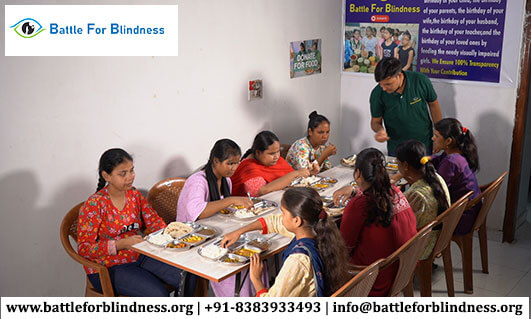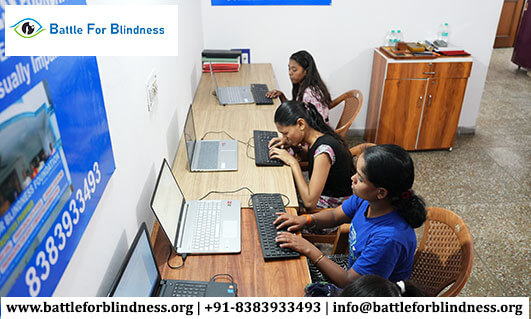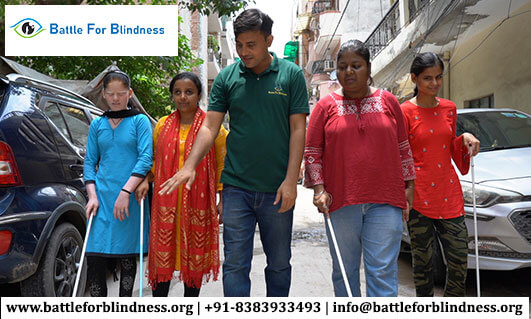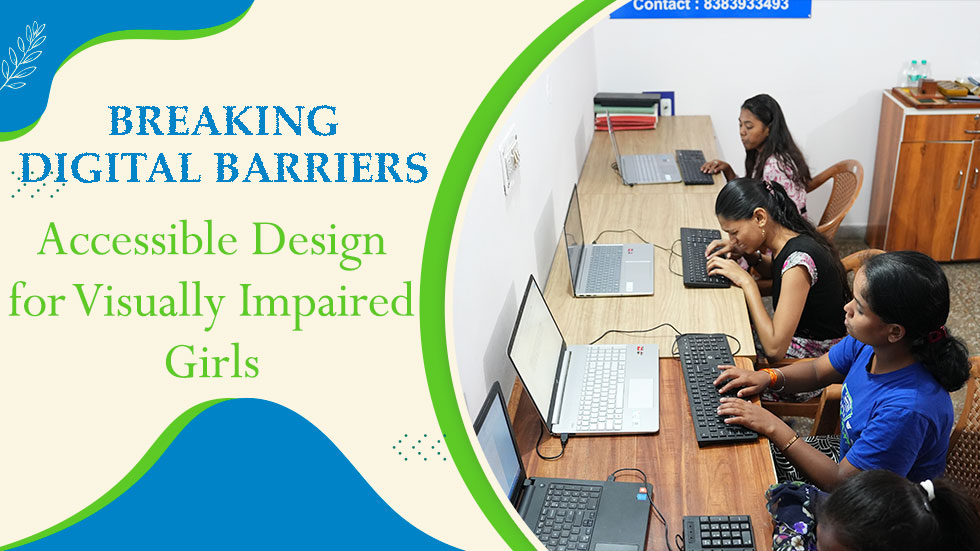
In a world that is increasingly driven by technology, the need for digital accessibility has never been more crucial, especially for individuals with disabilities. Among the many groups that face unique challenges are visually impaired girls, who often encounter significant barriers when navigating digital spaces. However, breaking these barriers is not only possible but necessary. Accessible design is the key to creating an inclusive online environment where visually impaired girls can thrive. In this blog, we’ll explore the importance of accessible design, the challenges visually impaired girls face, and how digital accessibility can transform their lives.
Understanding the Challenges Faced by Visually Impaired Girls
Visually impaired girls, like other visually impaired individuals, face unique challenges in interacting with digital content. Websites, mobile applications, and online learning platforms are often not designed with accessibility in mind. This means that visually impaired users might struggle to:
- Navigate websites that aren’t compatible with screen readers or braille displays.
- Access content such as images, videos, and infographics that lack descriptive alt text.
- Use online tools and apps without proper accessibility features, making it difficult for them to learn, work, or engage with the digital world.
These barriers can limit educational and career opportunities, hinder personal growth, and prevent visually impaired girls from fully participating in society’s digital age.
Why Accessible Design Matters for Visually Impaired Girls
Accessible digital design ensures that websites, apps, and other online platforms are usable by all individuals, including those with disabilities. For visually impaired girls, accessible design isn’t just a convenience—it’s a necessity. Here’s why:
1. Equal Access to Education
Education is a fundamental right, and every girl, regardless of her ability, deserves access to quality learning resources. Accessible websites, e-learning platforms, and educational apps enable visually impaired girls to learn at their own pace. With the right design features, such as screen reader compatibility, keyboard navigation, and accessible PDFs, visually impaired students can engage in their studies just like their peers.
2. Promoting Career Opportunities
In today’s digital world, career advancement depends on digital literacy. Visually impaired girls, when provided with the right tools and support, can excel in tech-driven careers. Accessible design ensures that online job portals, professional networking platforms, and career development resources are available to them. This not only helps them explore career options but also equips them with the necessary skills for the future.
3. Encouraging Social Inclusion
Digital spaces are vital for social interaction. By breaking down digital barriers, visually impaired girls can connect with friends, participate in online communities, and engage in social activities without feeling isolated. Accessible social media platforms, messaging apps, and entertainment websites ensure that they remain connected, informed, and entertained.
Key Elements of Accessible Design for Visually Impaired Girls
Creating accessible digital experiences requires the integration of specific features that cater to the needs of visually impaired users. These elements include:
1. Screen Reader Compatibility
Screen readers are essential tools for visually impaired users, as they convert written text into speech. Websites and applications should be designed to work seamlessly with screen readers. This includes using proper HTML structure, labeling elements correctly, and avoiding complex navigation that could confuse the screen reader.
2. Alternative Text for Images
Images and visual content are often inaccessible to visually impaired users if they aren’t properly described. Alt text provides a textual description of an image, ensuring that users who rely on screen readers can understand the content. For example, instead of a generic description like “image1.jpg,” the alt text might say, “A young girl with glasses reading a book on a digital tablet.”
3. Keyboard Accessibility
Many visually impaired users navigate websites and applications using only the keyboard. It is essential that all interactive elements, such as buttons, links, and forms, are accessible through keyboard shortcuts. This feature enables users to interact with content without relying on a mouse or touch screen.
4. Contrasting Colors and Text Size
Poor contrast and small font sizes can make it difficult for individuals with low vision to read content. Accessible design should include high contrast between text and background colors, as well as adjustable text sizes to meet individual preferences. This ensures that all users can comfortably read the content.
5. Voice Command Integration
Integrating voice commands into websites and apps can provide another layer of accessibility. Visually impaired girls can use voice assistants like Siri or Google Assistant to interact with digital platforms, making it easier to search for information, control settings, or perform tasks online.
How Can We Break Digital Barriers for Visually Impaired Girls?
While many digital platforms and services are beginning to embrace accessible design, there is still much work to be done. Here are some steps that individuals, organizations, and companies can take to help break digital barriers for visually impaired girls:
- Educate and Raise Awareness: Increasing awareness about the importance of accessibility is crucial. Schools, businesses, and developers should prioritize accessibility in their digital offerings.
- Invest in Accessible Technology: Companies should invest in creating accessible websites and apps by following guidelines like the Web Content Accessibility Guidelines (WCAG).
- Support Inclusive Communities: Encourage the creation of online communities that offer support and resources to visually impaired girls, helping them stay connected and motivated.
Conclusion
Breaking digital barriers through accessible design is vital to empowering visually impaired girls and providing them with the opportunities they deserve. By embracing inclusive design principles and ensuring that digital spaces are accessible to everyone, we can help create a future where visually impaired girls can fully participate in education, career, and social activities. Accessible design isn’t just about making digital spaces easier to use—it’s about creating an inclusive society where no one is left behind.
By advocating for digital accessibility, we are not only improving the lives of visually impaired girls but also enriching the digital world for everyone. It’s time to break the barriers and create a more accessible and inclusive future for all.
